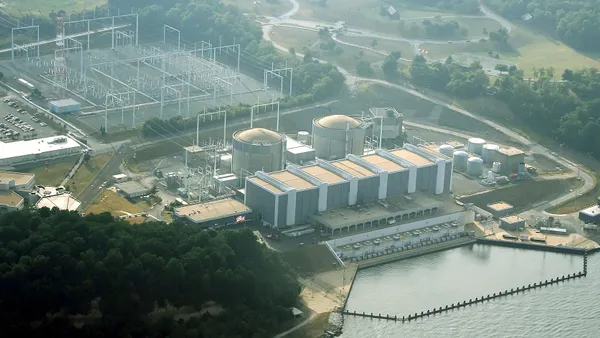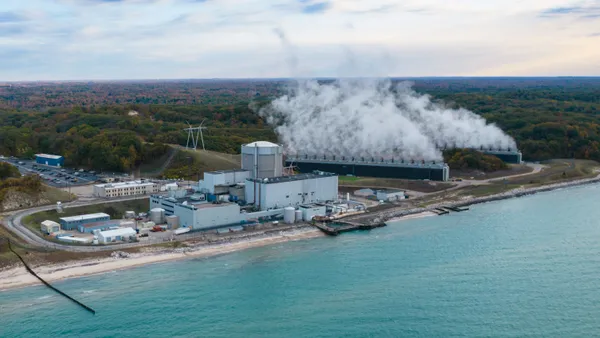Dive Brief:
- The Federal Energy Regulatory Commission should order the PJM Interconnection to lower its price cap to protect consumers from “runaway” capacity prices that will do little to spur new power supplies, according to a complaint filed with the commission on Monday by Pennsylvania and the state’s Gov. Josh Shapiro, D.
- Without the recommended changes in the complaint, PJM ratepayers face $20.4 billion in unnecessary capacity costs over the two years after the grid operator’s next capacity auction is held, currently scheduled for June, according to the complaint. The auction is for capacity for the 2026/2027 delivery year, a 12-month period that begins on June 1, 2026.
- In response to the complaint, PJM said it is concerned about rising prices caused by a supply-demand imbalance and has taken steps to address them, including proposing changes that would lower the price cap and speed interconnection for shovel-ready power projects. “We remain open to additional solutions to this generational challenge, as long as they support keeping the lights on,” the grid operator said.
Dive Insight:
The complaint from Pennsylvania adds to the turmoil surrounding PJM’s capacity market since its auction in July produced record high capacity prices that will cost ratepayers across the grid operator’s footprint $14.7 billion for the delivery year that begins in June, up from $2.2 billion in the previous auction.
Those results sparked complaints and calls for changes — as well as action from PJM — partly over concerns that generators won’t have time to respond to the higher capacity prices, making them ineffective at spurring new generating supplies in the near term.
“Pennsylvania ratepayers face potentially the largest unjust wealth transfer in the history of U.S. energy markets due to [PJM’s] capacity auctions,” Pennsylvania said in its complaint. “Three unexpected developments — (1) significant load growth; (2) the country’s most snarled interconnection queue; and (3) a compressed capacity auction schedule — have collided with PJM’s inapt design decisions to produce record high prices that are ineffective at delivering new power generation.”
PJM’s capacity market design causes small changes in power supply to whiplash the market between soaring or cratering prices, according to the complaint. “No generator can rely on such outcomes to make retirement decisions, no investor can depend on them to deliver sustainable returns over time, and no consumer paying resulting double-digit bill increases can feel confident in having secured a more reliable grid as a result,” Pennsylvania said.
Capacity market proposals offered by PJM on Dec. 9 and Dec. 20 — and others set to come — will improve the market, but more changes are needed before the upcoming auction, according to the state.
FERC should order PJM to lower its price cap to no more than 1.5 times Net Cost of New Entry, or Net CONE, and PJM should use that cap to set the minimum price cap for all locational deliverability areas, according to the complaint.
The cap for the upcoming auction is the greater of 1.75 times of PJM’s estimate of the Net CONE or PJM’s estimate of the Gross CONE. The cap was set to that level mainly to guard against PJM buying too much capacity, which is no longer possible given the inability of generators to respond to price signals, according to the complaint.
“Allowing a capacity auction to proceed with a cap that, because of changing real world circumstances, fails to protect consumers across the PJM region from bearing astronomical costs that will not produce a commensurate benefit, gravely undermines public confidence in the essential fairness of PJM’s capacity market and is unjust and unreasonable,” Pennsylvania said.














